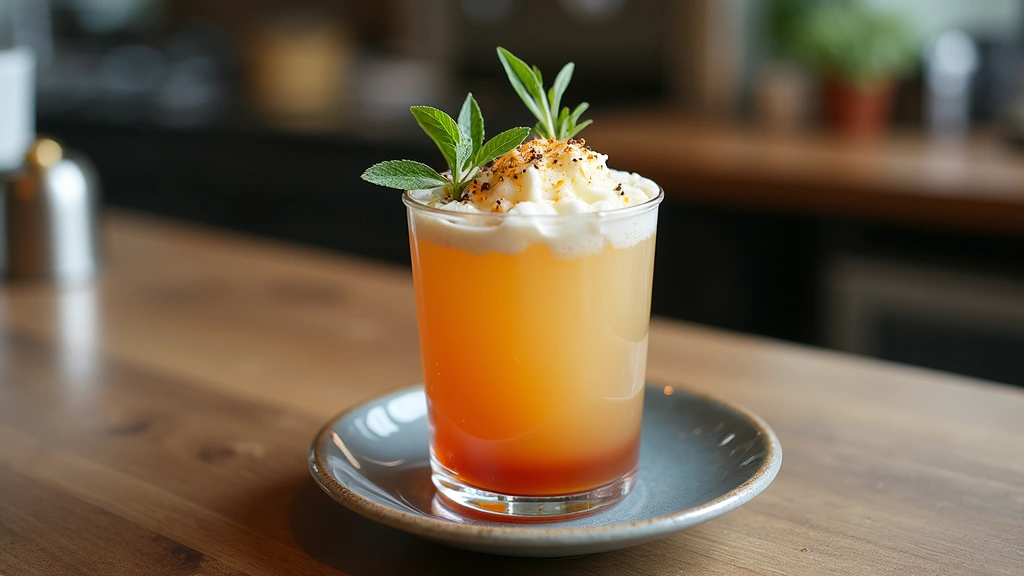Bubble tea, with its delightful combination of creamy milk, aromatic tea, and chewy tapioca pearls, has captured the hearts of many around the world.
The allure of bubble tea lies in its ability to be customized to individual tastes, making it a versatile and exciting beverage.
I first discovered bubble tea during a trip to Taiwan, where it is a staple in the vibrant street food culture.
Its refreshing taste and playful texture make it a perfect treat for any season, whether you’re cooling down in summer or warming up in winter.
The History and Cultural Significance
• Bubble tea traces its origins to Taiwan in the 1980s, where it was originally created by a tea house owner looking to innovate traditional tea beverages.
• The dish evolved over decades as new flavors and ingredients like fruit syrups and popping boba were introduced, eventually becoming the beloved version we know today.
• In Taiwanese culture, this dish traditionally appears at night markets and social gatherings, symbolizing a modern twist on traditional tea culture.
• While many variations exist across different regions, the authentic version maintains the use of freshly brewed tea and tapioca pearls that sets it apart from imitations.
Recipe Overview
Nutritional Information
Essential Equipment Guide
Shaker: A shaker is essential for mixing the tea with milk or syrup to achieve a smooth and well-blended drink. While a cocktail shaker is ideal, a mason jar with a secure lid can work as an alternative. Look for a shaker with a good seal to prevent spills.
Tea Infuser: This tool is crucial for brewing loose leaf tea, ensuring that the tea leaves are fully submerged and can expand properly. A mesh infuser or tea ball can work, but make sure it allows for ample water flow.
Wide Straw: A wide straw is necessary for sipping up the tapioca pearls along with the tea. If unavailable, consider using a spoon to enjoy the pearls separately. Look for straws made from sustainable materials like stainless steel or biodegradable options.
Ingredients
For the Base
|
|
| Amount | Ingredient | Notes |
|---|---|---|
| 2 cups | black tea | strongly brewed for robust flavor |
| 1 cup | whole milk | adds creaminess, substitute with plant-based milk if desired |
For the Sweetener
| Amount | Ingredient | Notes |
|---|---|---|
| 3 tablespoons | brown sugar | provides a deep, caramel-like sweetness |
| 2 tablespoons | honey | optional, enhances richness |
For the Tapioca Pearls
| Amount | Ingredient | Notes |
|---|---|---|
| 1 cup | tapioca pearls | cooked according to package instructions |
Flavorings
| Amount | Ingredient | Notes |
|---|---|---|
| 1 teaspoon | vanilla extract | adds a subtle aroma |
| 1 tablespoon | fruit syrup | optional, for added flavor variety |
Preparation Methods
Tea Brewing: Brewing tea to the right strength is crucial for the depth of flavor in bubble tea. Use freshly boiled water and steep the tea for about 5 minutes. Longer steeping can lead to bitterness.
Tapioca Cooking: Properly cooking tapioca pearls ensures the right chewy texture. Boil them until they float and then reduce to a simmer for the perfect bite. Rinse under cold water to stop cooking.
Shaking: Shaking the tea with milk and syrup creates a frothy texture. Shake vigorously for about 30 seconds. This technique also ensures even distribution of flavors.
Step 1: Brew the Tea
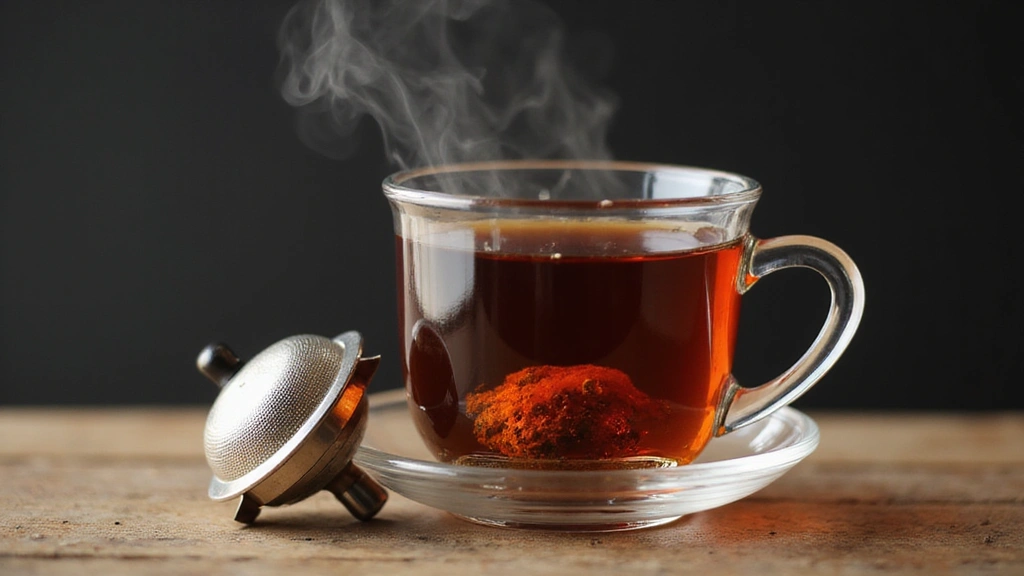
Boil water and pour it over black tea leaves.
Let the tea steep for 5 minutes to develop a strong flavor.
Strain the tea to remove leaves and let it cool.
Ensure the tea is at room temperature before proceeding.
Step 2: Cook Tapioca Pearls
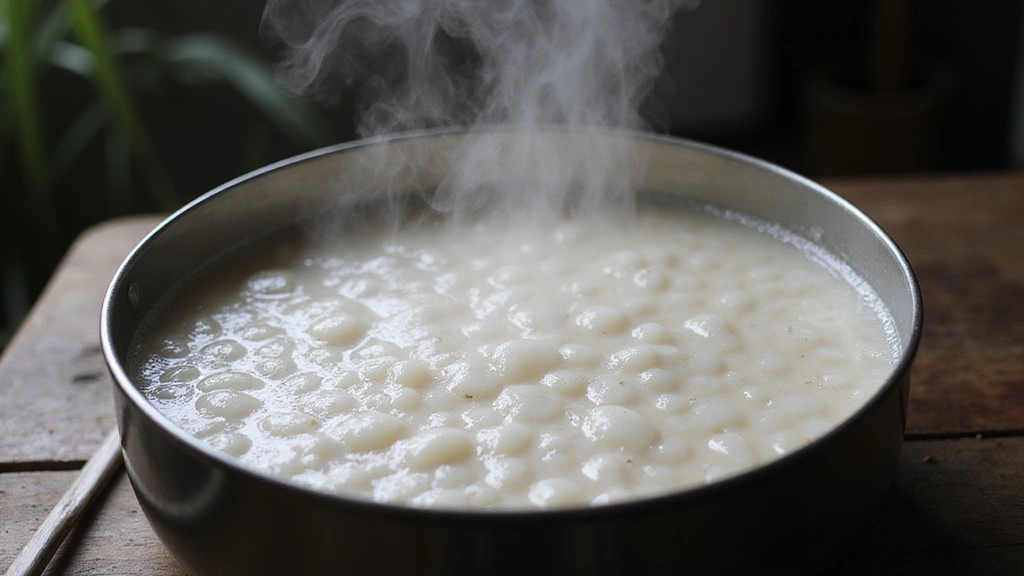
Bring a pot of water to a rolling boil.
Add the tapioca pearls and stir to prevent sticking.
Cook until the pearls float, then reduce heat and simmer for 5 minutes.
Drain and rinse under cold water to stop the cooking process.
Step 3: Prepare Sweetener
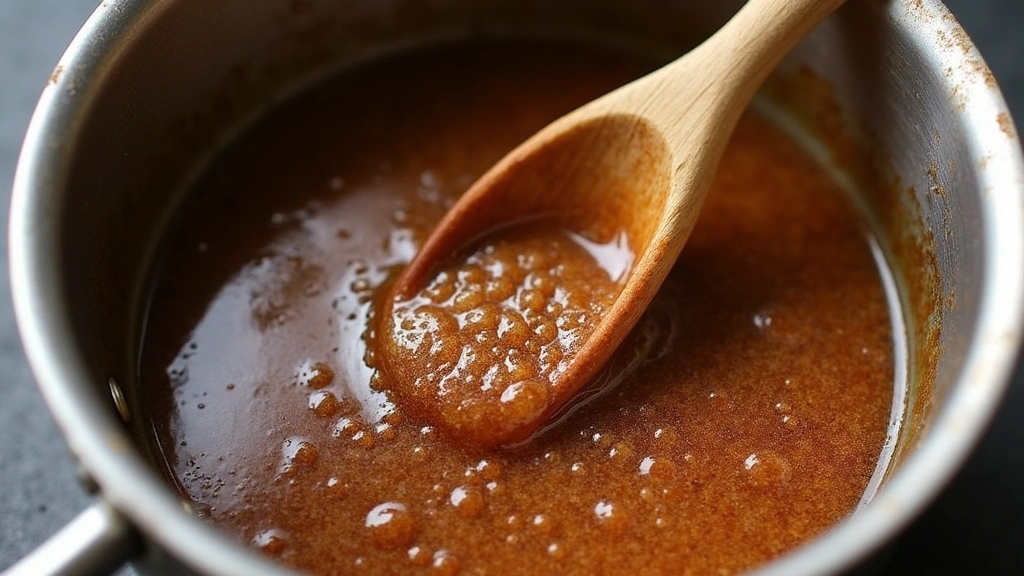
In a saucepan, combine brown sugar and water.
Heat until the sugar dissolves completely, creating a syrup.
Add honey if using, and stir to incorporate.
Let the syrup cool before using in the tea.
Step 4: Combine Tea and Milk
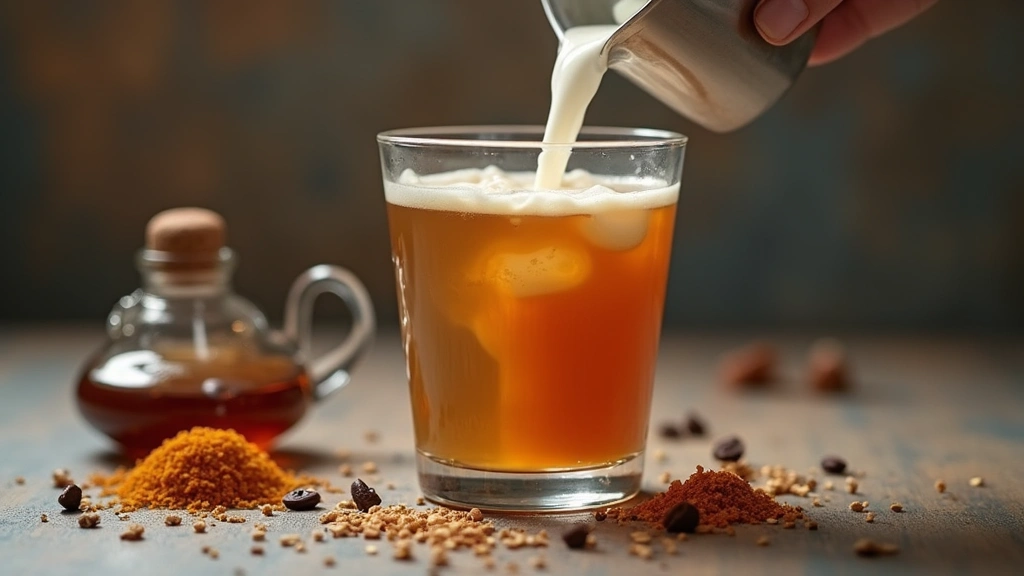
In a shaker, add the cooled tea and milk.
Pour in the cooled syrup and vanilla extract.
Close the shaker tightly and shake vigorously.
Ensure a frothy mixture before opening the shaker.
Step 5: Assemble the Drink

Place cooked tapioca pearls in the bottom of a glass.
Pour the tea and milk mixture over the pearls.
Add ice cubes to chill the drink further.
Stir gently to combine.
Step 6: Add Flavorings
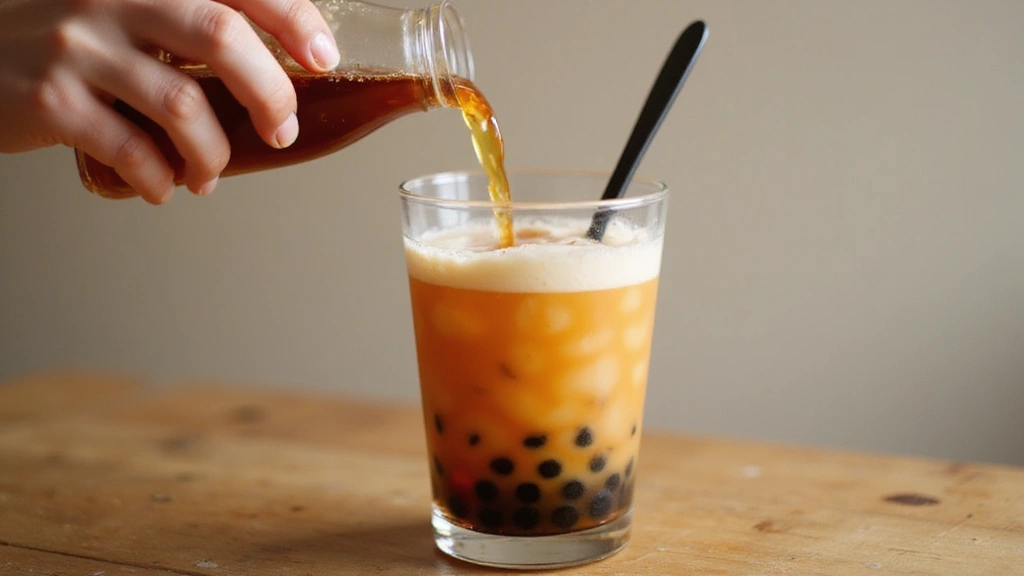
If desired, add a tablespoon of fruit syrup for additional flavor.
Stir the drink gently to incorporate the syrup.
Taste and adjust sweetness if needed.
Ensure the syrup is evenly distributed.
Step 7: Serve with Wide Straw
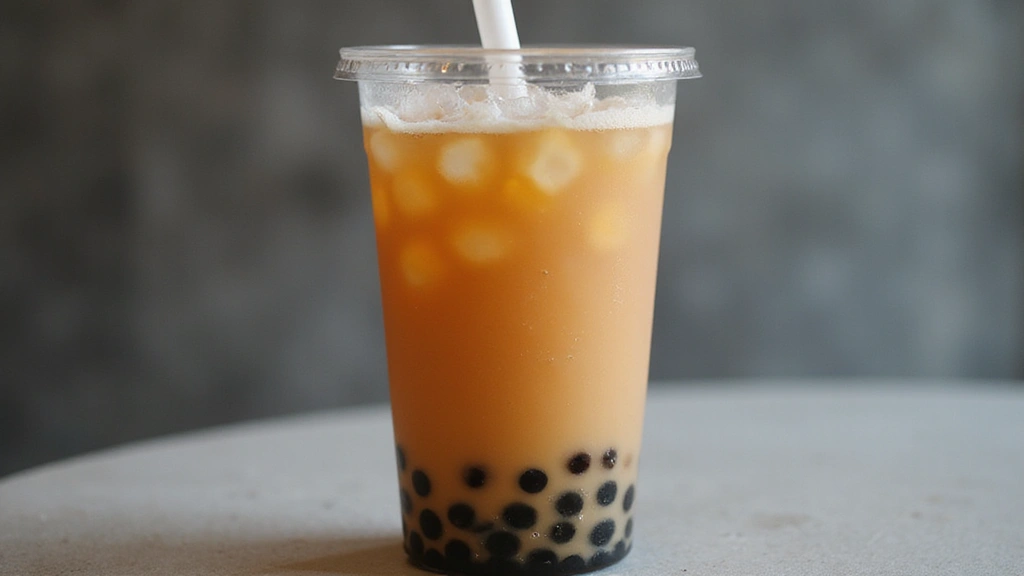
Insert a wide straw into the glass.
Ensure the straw reaches the bottom to access the pearls.
Serve immediately while cold.
Enjoy the combination of flavors and textures.
Step 8: Garnish
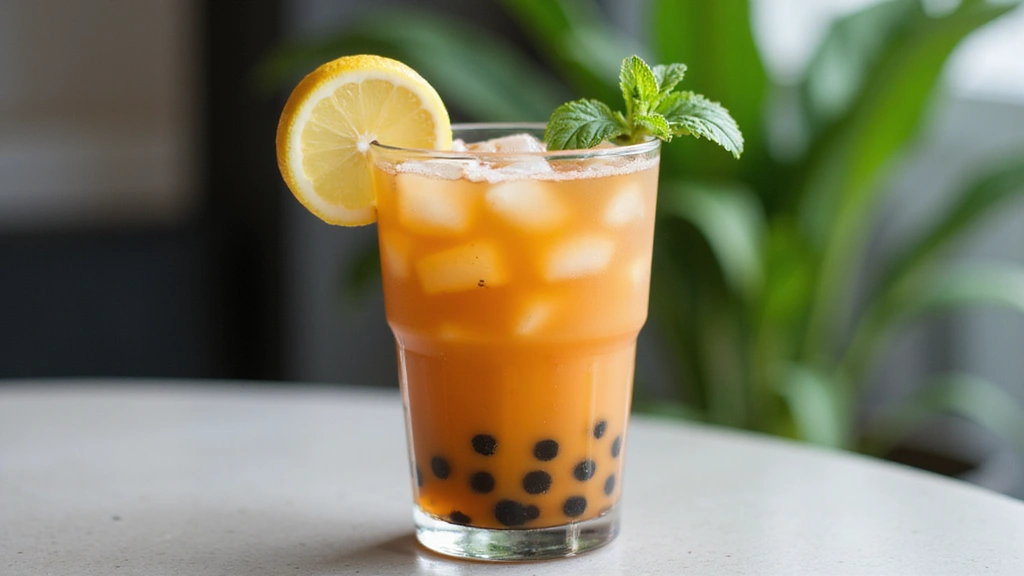
For an extra touch, garnish with a slice of citrus or fresh mint.
Place the garnish on the rim of the glass.
This adds a visual appeal and subtle aroma.
Serve with a smile and enjoy.
Critical Timing and Temperature Guide
Tea Brewing: Steep tea for exactly 5 minutes with water at 95°C, ensuring a robust flavor without bitterness.
Tapioca Cooking: Boil pearls until they float, then simmer for 5 minutes, checking for a chewy texture to avoid overcooking.
Shaking: Shake tea mixture for 30 seconds to create froth, ensuring even flavor distribution and avoiding a flat taste.
Pro Tips for Design a Bubble
• Ingredient Selection: Opt for high-quality loose leaf tea and fresh tapioca pearls to ensure a rich flavor and perfect texture.
• Preparation Secret: Adding a pinch of salt to the syrup can enhance the sweetness without adding more sugar.
• Temperature Management: Ensure all ingredients are at room temperature before mixing to prevent the drink from becoming too watered down by ice.
• Texture Enhancement: Gently stir the tapioca while cooking to prevent clumping and ensure even cooking.
• Flavor Layering: Use a combination of vanilla extract and a hint of citrus to add depth and complexity.
• Make-Ahead Strategies: Cook tapioca pearls in advance and store in a sugar syrup at room temperature for up to 4 hours.
• Restaurant-Quality Finishing Touches: Serve in clear glasses to showcase the layers and add a visual appeal.
• Equipment Optimization: Use a blender to quickly mix larger batches, ensuring even distribution of ingredients.
Troubleshooting Common Issues
• Tea Too Bitter: This is often caused by oversteeping. Steep for no more than 5 minutes and use high-quality leaves.
• Pearls Clumped Together: Stir pearls gently during cooking and rinse under cold water immediately after draining.
• Drink Too Watery: Ensure all ingredients are cool before adding ice, and use less ice to maintain flavor concentration.
• Lack of Froth: Shake the mixture more vigorously and ensure the shaker is well-sealed to prevent froth loss.
• Flavors Not Balanced: Adjust sweetness with syrup after tasting, and add a pinch of salt to enhance overall flavor.
• Straw Clogs: Use a wider straw or ensure pearls are not overcooked and mushy, which can block the straw.
Variations and Regional Differences
• Taiwanese Classic: This version uses freshly brewed oolong tea and omits fruit syrups, focusing on the tea's natural aroma and flavor.
• Japanese Matcha: Incorporates matcha powder instead of black tea, providing a vibrant green color and earthy taste.
• Hong Kong Milk Tea: Uses evaporated milk and a blend of black teas, resulting in a richer, creamier beverage.
• Thai Bubble Tea: Features Thai tea mix with spices and condensed milk for a sweet and spiced flavor profile.
Food Science Behind the Recipe
• Gelatinization of Tapioca: The cooking process of tapioca pearls involves starch gelatinization, which gives them their chewy texture.
• Emulsion of Tea and Milk: Shaking creates an emulsion, blending the milk with tea for a creamy, smooth consistency.
• Flavor Perception: The balance of sweet and salty flavors enhances taste perception, allowing the drink's complexity to shine.
Frequently Asked Questions
What's the most common mistake people make when preparing bubble tea? Overcooking the tapioca pearls, which can lead to a mushy texture.
Can I use any tea for bubble tea? Yes, but traditionally, black or green teas are preferred for their robust flavors.
How do I store leftover bubble tea? Store the tea and pearls separately; pearls should be kept in syrup at room temperature and consumed within a few hours.
Is there a way to make bubble tea healthier? Use less sugar and opt for plant-based milk to reduce calories and fat.
Why is my bubble tea not sweet enough? Adjust the syrup amount to taste, or try adding a touch more honey or vanilla extract.
Can I make bubble tea without a shaker? Yes, use a blender or a mason jar with a tight lid as an alternative.
What can I use instead of tapioca pearls? Consider alternatives like popping boba or jelly for different textures.
Serving and Presentation Guide
• Traditional Presentation: Serve in a tall, clear glass to showcase the layers and pearls at the bottom, with a wide straw for sipping.
• Modern Twist: Use mason jars with a lid and straw for a casual, transportable option.
• Party Style: Serve in small, individual cups with mini straws or spoons for easy sampling at gatherings.
• Garnished Elegance: Add a sprig of mint or a slice of citrus on the rim for a touch of sophistication.
Conclusion
Creating a bubble tea menu that customers can't resist is all about offering variety and quality.
With this guide, you're equipped to craft delicious and appealing bubble teas that cater to diverse preferences.
Experiment with flavors and have fun perfecting your own signature bubble tea creations.

